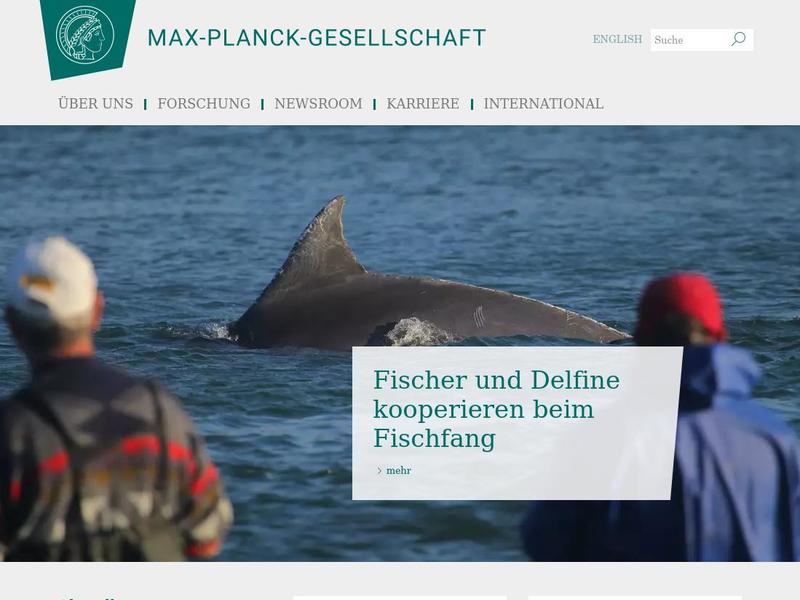Airborne microplastics: Where do they come from, where do they go? https://www.mpg.de/24315265/0307-mete-airborne-microplastics-where-do-they-come-from-where-do-they-go-155306-x
Contrary to previous claims, the ocean releases less microplastics into the atmosphere than it absorbs from it and is therefore a sink for plastic particles. According to the results of a model calculation, 15 percent of all microplastics in the air are deposited in the oceans.
Air bubbles created by sea spray, wind, and waves can lift them out of the water

